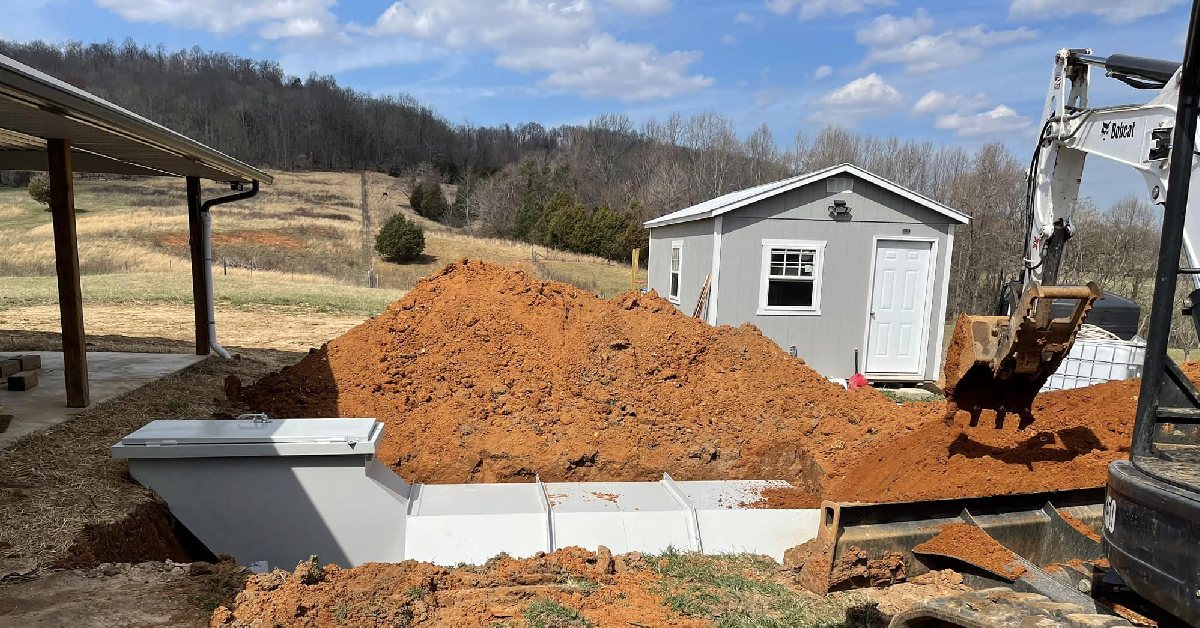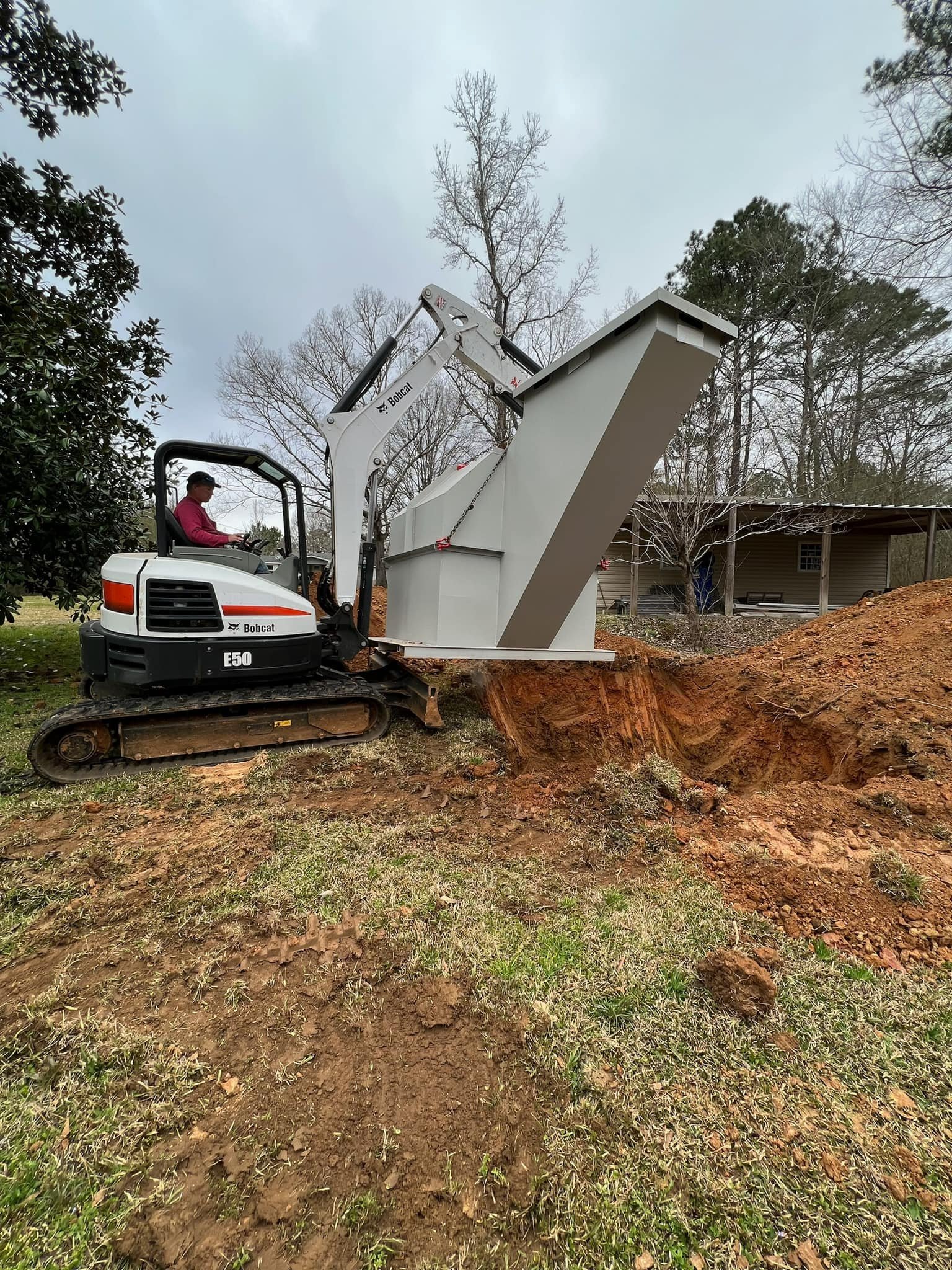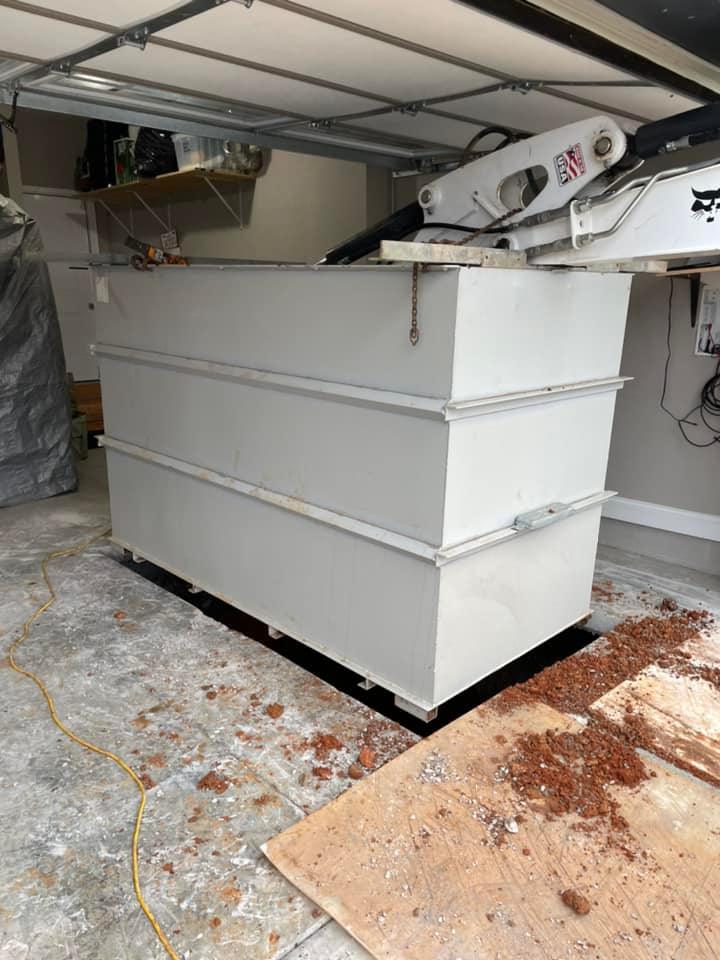CATEGORIES:
A Step-by-Step Guide: Installing Underground Tornado Shelters
June 1, 2023

A Step-by-Step Guide: Installing Underground Tornado Shelters
Tornadoes are devastating and can be unpredictable. They cause extensive damage to homes and properties and sometimes take lives. One of the best ways to stay safe during a tornado is in a tornado shelter. Tornado shelters come in different types, but above-ground and below-ground tornado shelters are the most common. Today, we’ll examine the ins and outs of underground tornado shelters.
When it comes to protecting yourself and your loved ones from the destructive forces of tornadoes, underground tornado shelters are regarded as a reliable and effective solution – since, by virtue of being under the ground, they provide natural protection against the strong winds and flying debris of a tornado. Whether you reside in a region prone to tornadoes or simply value preparedness, understanding the advantages and considerations of underground tornado shelters is essential.
Who Installs an Underground Tornado Shelter?
To begin with, it’s important to acknowledge that Survive-A-Storm makes and sells underground tornado shelters, but we don’t install them. Instead, we typically recommend that customers contact a reputable septic company or general contractor. This may seem like an unexpected requirement, but there are several reasons why.
Reason #1: Excavation – Underground Tornado Shelters
Underground tornado shelters typically require excavation and digging to create a space large enough to accommodate the shelter. This excavation process may involve digging through the ground where septic lines or tanks are located. A septic company or a general contractor can accurately locate and map out the septic system, ensuring that the excavation for the tornado shelter does not damage or interfere with the septic infrastructure.
Reason #2: Drainage – Underground Tornado Shelters
Underground excavation can also potentially impact the surrounding area’s drainage and groundwater flow. For this reason, it’s important to consider the impact you will make when placing an underground shelter. A general contractor or septic company can assess the site’s hydrological conditions and provide expert guidance on how the tornado shelter installation may affect the septic system’s functioning and the overall drainage patterns of the area.
Reason #3: Code Compliance – Underground Tornado Shelters
Lastly, involving a septic company in the installation process ensures compliance with local building codes and regulations. They possess the expertise to navigate the necessary permits and approvals required to install underground structures, ensuring that all relevant guidelines are followed. Because local codes can vary based on jurisdiction, it’s best to involve local professionals.
Collaborating for Success
Collaboration with a general contractor or septic company during the installation of an underground tornado shelter ensures that the shelter is correctly integrated with the existing septic infrastructure. It also guarantees adequate ventilation, takes drainage into consideration, and assures adherence to local regulations. This collaborative approach enhances the safety and functionality of the tornado shelter, providing peace of mind during severe storms.
It’s essential to use local septic companies or general contractors who come highly recommended and have a lot of experience in their trade. We can even speak with any general contractor or septic company to ensure they understand what the job requires.
You’ll need to provide the installers with the location delivery and a description of the type of earth in the area to be excavated. Then we’ll coordinate a virtual site visit to include photos showing the desired area for installation, the driveway from the road, obstacles such as fences, etc.
How Are Underground Tornado Shelters Delivered?
Survive-A-Storm tornado shelters are delivered on a standard truck with a flatbed that has the shelter on top. Here are some details for our specific underground units:
Estate Models:
 The Survive-A-Storm Estate underground storm shelters are perfect for installing outside a home or building, in a yard, or field. They accommodate 10-16 occupants. A general contractor or septic company can install these shelters in two to four hours. We do not recommend customers install the units themselves since experience moving heavy equipment is needed. In preparation for installation, keep in mind the following:
The Survive-A-Storm Estate underground storm shelters are perfect for installing outside a home or building, in a yard, or field. They accommodate 10-16 occupants. A general contractor or septic company can install these shelters in two to four hours. We do not recommend customers install the units themselves since experience moving heavy equipment is needed. In preparation for installation, keep in mind the following:
- The installation surface needs to be level.
- The customer will need to use 811 to have power, sewage, cable, and gas identified and marked before the installation.
- The company will use Google Earth to review the property and discuss problem areas.
- The unit cannot be installed in a flood zone.
- A 1-day business license may be needed in some city locations (though usually the unit is considered a home improvement and not a building initiative). Check with your local government to see if there are additional permits.
- OSHA might require shoring, or temporary supports, in the installation area.
- Fences may need to be removed to get the unit into the backyard.
- The unit will require at least 16’ travel length to deliver and install.
- There should be no digging within 6’ of a permanent structure, 10’ if the ground is sandy.
- The unit will require an area that is 11’ x 14’ and 84” deep; the installation area can be marked with spray paint.
- Installers will require 12’ of clearance above the top of the unit.
- Allow for a generous working area (30’) around the installation spot. This area will be used to place the excavated soil.
- Excess dirt is usually left in place since it is normal for some settling to occur. Unless the customer is pouring a concrete slab, the excess soil can be used to grade the surface.
- If the surface area is rocky, you may incur extra charges for excavation. To be sure, ask the company performing the excavation about their policy.
- The excavator may leave tracks around the installation area, depending on the condition of the ground.
- Equipment needs to be able to carry the weight of the unit (3,400 lbs)
GarageCube Model:
 The Survive-A-Storm GarageCube is the ideal solution for a garage or outbuilding with a concrete slab floor. They accommodate 10 occupants. However, the installation is completely different from other models, and there are a lot of variables.
The Survive-A-Storm GarageCube is the ideal solution for a garage or outbuilding with a concrete slab floor. They accommodate 10 occupants. However, the installation is completely different from other models, and there are a lot of variables.
The best practice is to install the GarageCube during the pre-construction of a new home build. This will give the homeowner the most options for where to place the unit. A new home will take about three hours to install. For an existing home, the installation team will mark and cut the concrete floor, use a mini-excavator and other tools to extract concrete and dirt, and create an opening for the shelter. This installation will take 8-14 hours.
Once the space is created, the shelter is lowered into the opening and backfilled with concrete, typically mixed on-site. The shelter’s lid is set with the ¼”-thick lid overlapping the opening. The lid is bolted to the concrete slab for a clean and finished appearance.
Tools needed:
- Excavator Chains
- Concrete Saw
- Tape Measure
- Chalk Line
- Push Broom
- Wheelbarrow
- Shovel
Equipment/Materials needed:
- Concrete
- (4) 3/8-16 X 1'' Bolts
- (2) ~8’ Steel Angle, 2’x4’ or 4’x4’ Timbers
If you’re considering an underground tornado shelter for your home, contact the experts at Survive-A-Storm to see if the Estate or GarageCube are good options for you!




